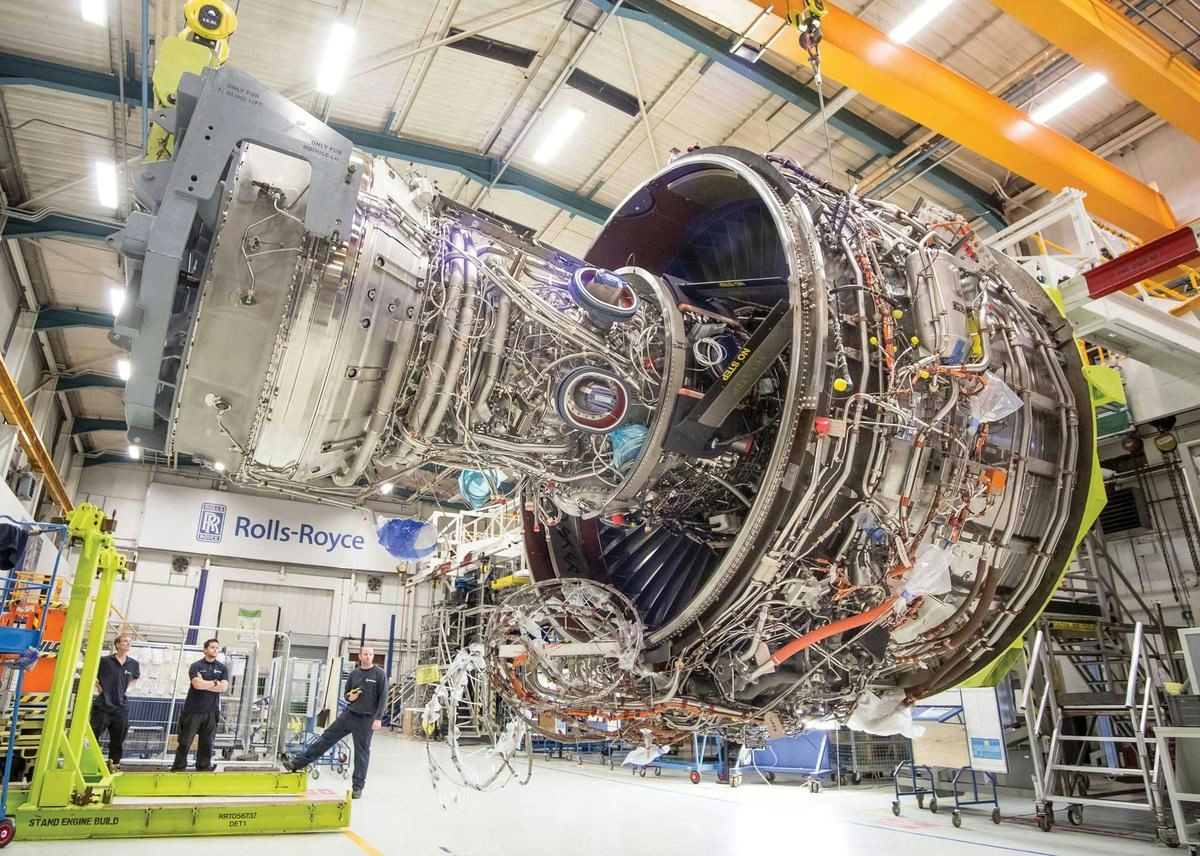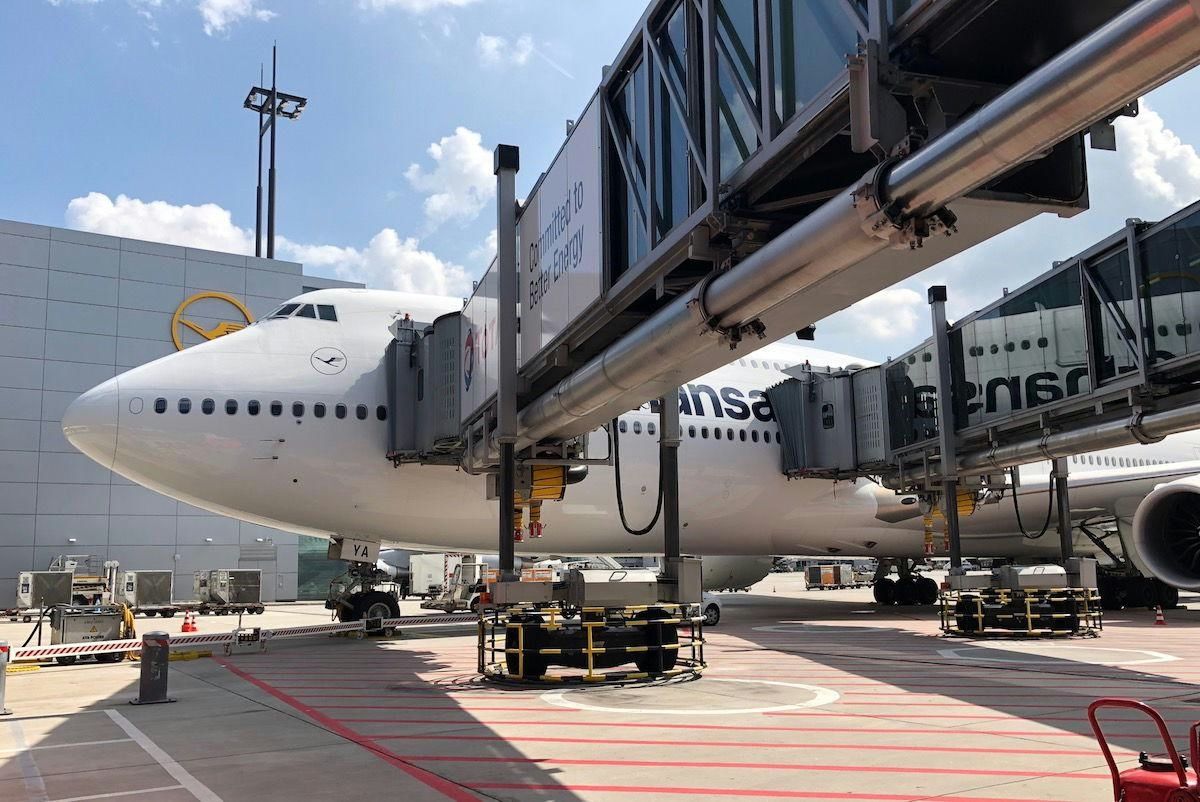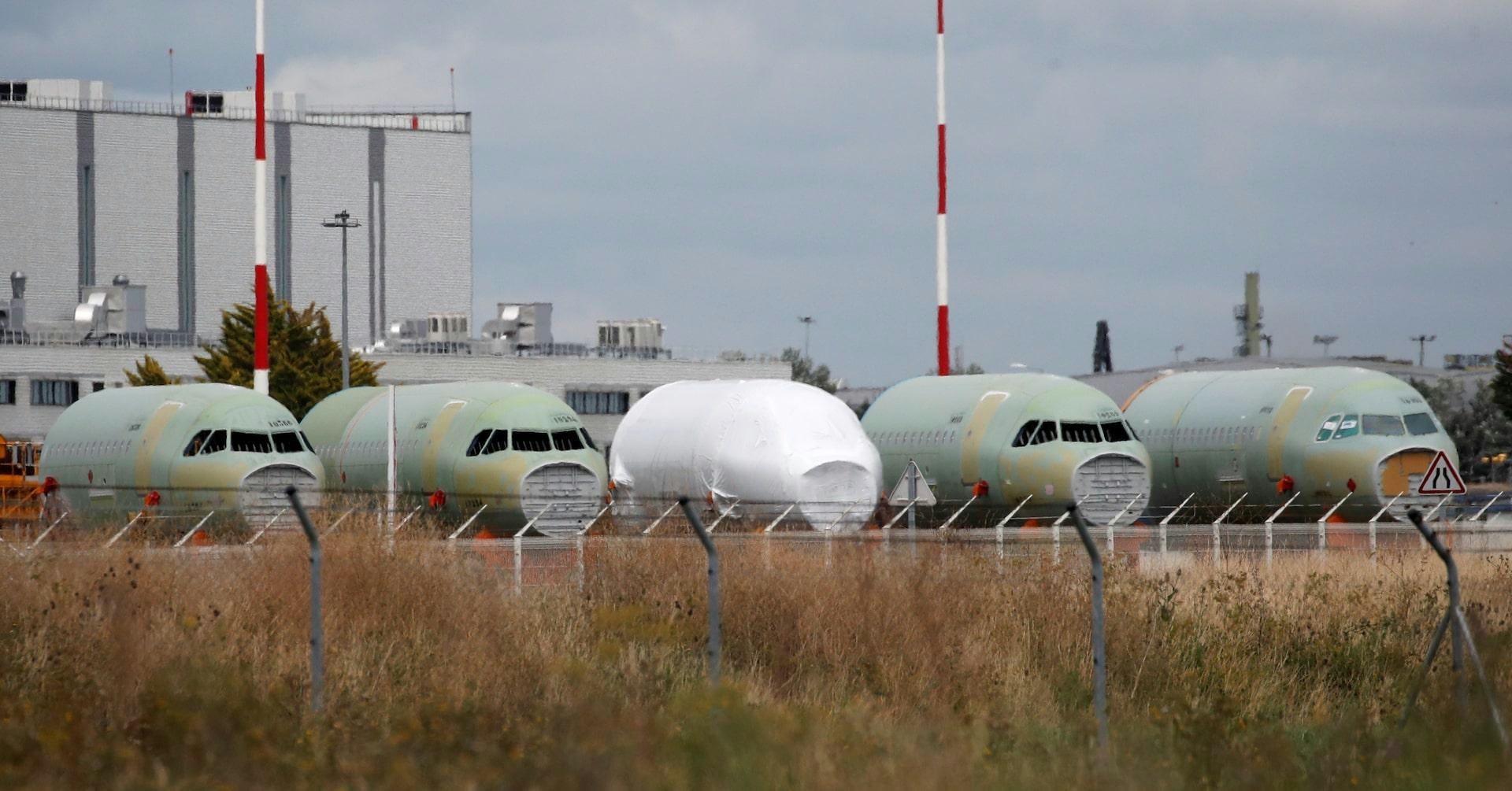
AeroGenie: Su copiloto inteligente.
Tendencias
Categories
Comparing Fuel Efficiency of Rolls-Royce Trent 900 and Trent XWB Engines

Comparing Fuel Efficiency of Rolls-Royce Trent 900 and Trent XWB Engines
The Rolls-Royce Trent 900 and Trent XWB engines represent significant advancements in commercial aircraft propulsion, powering two of Airbus’s premier aircraft models. As the aviation industry increasingly emphasizes fuel efficiency for economic and environmental reasons, a detailed comparison of these engines provides valuable insight into their performance and impact.
Aircraft Powered by the Trent 900 and Trent XWB
The Rolls-Royce Trent 900, a high-bypass turbofan engine certified by the European Union Aviation Safety Agency (EASA) in 2004, entered commercial service in 2007 with Singapore Airlines. It serves as one of the two engine options for the Airbus A380, the world’s largest passenger aircraft. The Trent 900 powers nearly half of all A380s delivered, with major operators including Emirates, Singapore Airlines, Lufthansa, British Airways, and Qantas. Emirates alone operates 33 A380s equipped with Trent 900 engines, while Singapore Airlines and Lufthansa operate 24 and 14 aircraft respectively.
In contrast, the Rolls-Royce Trent XWB exclusively powers the Airbus A350, Airbus’s most advanced long-haul aircraft. Certified in 2013 and entering service in 2015 with Qatar Airways, the Trent XWB is the most powerful engine in the Trent series, capable of generating up to 97,000 pounds of thrust. The largest operators of the A350 include Singapore Airlines, Qatar Airways, Cathay Pacific, Air France, and Delta Air Lines, with Singapore Airlines operating 65 aircraft across the A350-900 and A350-900ULR variants.
Fuel Efficiency: Seat Miles Per Gallon
A critical measure of engine efficiency is seat miles per gallon (SMPG), which quantifies the distance an aircraft can travel per gallon of fuel per seat, thereby integrating both passenger capacity and fuel consumption. The Trent XWB demonstrates a marked improvement in this metric, delivering approximately 25 to 35 percent better fuel economy than the Trent 900 over comparable distances.
This enhanced efficiency stems from several technological advancements. The Trent XWB employs an advanced three-shaft design that improves thermal and aerodynamic performance. It incorporates cutting-edge materials, including nickel alloys, which allow for higher operating temperatures and greater durability. Additionally, overall improvements in engine architecture and technology contribute to reduced fuel consumption, lower operating costs, and decreased emissions. These factors collectively make the Trent XWB particularly attractive to airlines seeking to optimize operational efficiency.
Market Impact and Industry Response
The superior fuel efficiency of the Trent XWB has translated into strong market demand, reflected in increased orders and positive financial results for Rolls-Royce. The company’s shares have reached record highs, supported by raised profit guidance and robust demand for the A350 powered by the Trent XWB. This success has prompted competitors in the aircraft engine manufacturing sector to accelerate the development of technologies aimed at matching or surpassing the efficiency gains achieved by the Trent XWB, highlighting its significant influence on the industry landscape.

Trump Administration Releases 10-Year Plan to Advance U.S. Air Power

AAR to Acquire Aircraft Reconfig Technologies

China Advances Clean Energy in Transportation: Flying Taxis, Drones, and Bullet Trains

Trump Administration Plans to Expand Flying Taxi Programs

SWAPA Backs Bipartisan Aviation Funding Solvency Act

FLYYO Adopts CISEFA’s Training Management Software

Lufthansa to Sell Two Boeing 747-8s to U.S. Government

Hawaiian Airlines, Alaska Airlines, Par Hawaii, and Pono Energy Collaborate on Sustainable Aviation Fuel in Hawai‘i

Regulator Orders Inspections of Select Airbus A320s Over Fuselage Flaw
